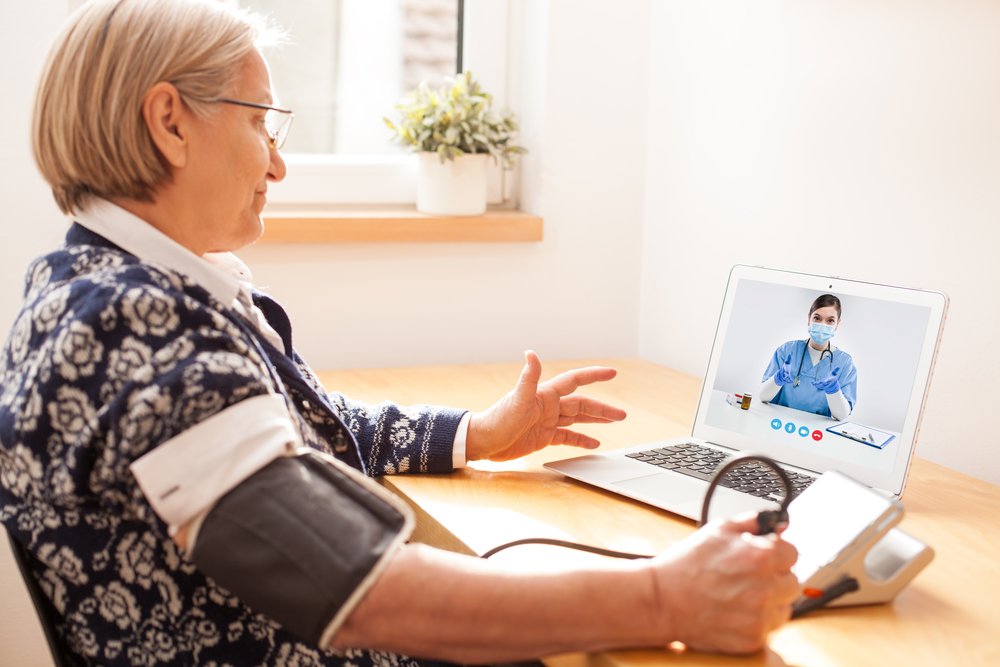

With the advent of mHealth devices and telehealth platforms, Remote Patient Monitoring (RPM) has gained traction as a legitimate care pathway. Using connected health tools that can track patients at home as they go about their daily routines, care providers can now monitor patients’ vital signs, adjust care plans on the fly, intervene when necessary, and even gather non-clinical data to better understand all the factors influencing the health and wellness of their patients.
RPM programs can certainly benefit a hospital, clinic or practice if well planned and run, but they can also be a disappointment if they’re not set up for success. Keeping that in mind, the breadth of the program, speed to value and experience implementing successful new technologies are great benchmarks to fuel the decision to build the technology or select a vendor, like Mozzaz, that has made RPM their business.